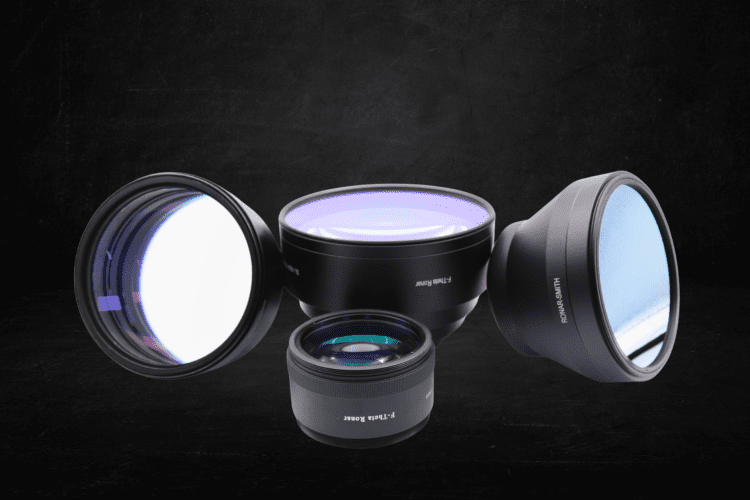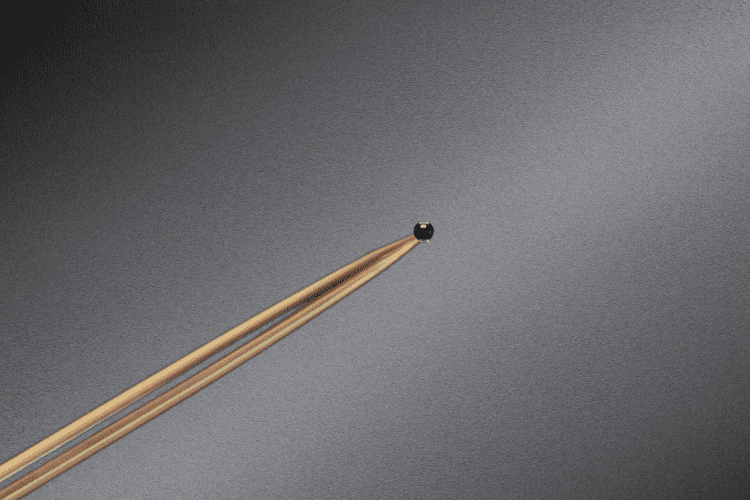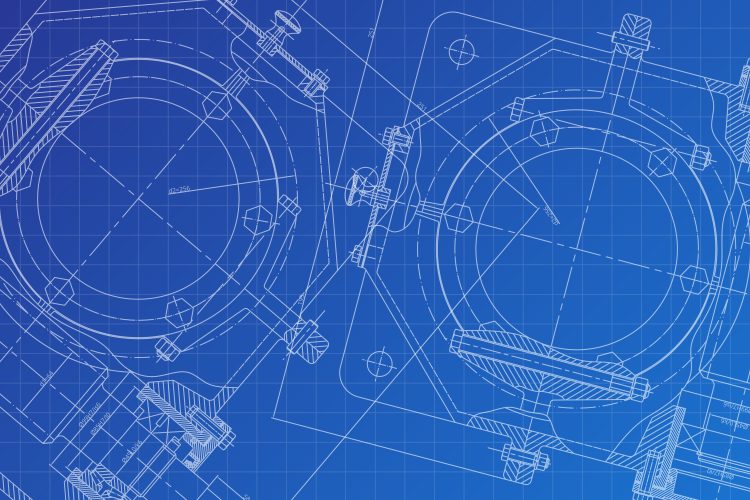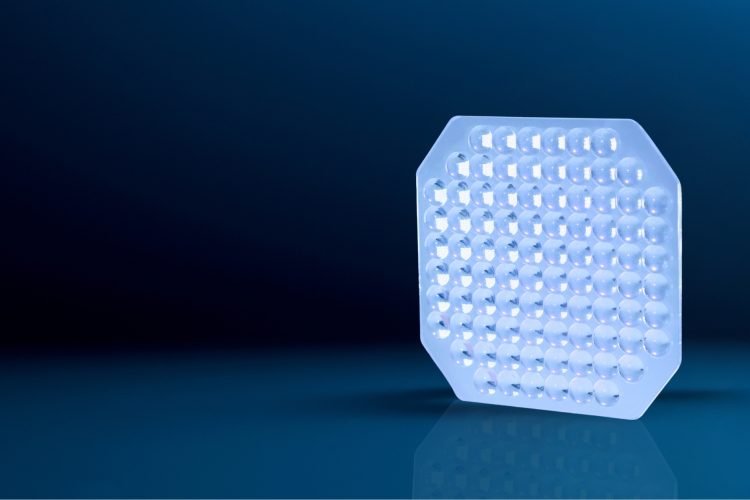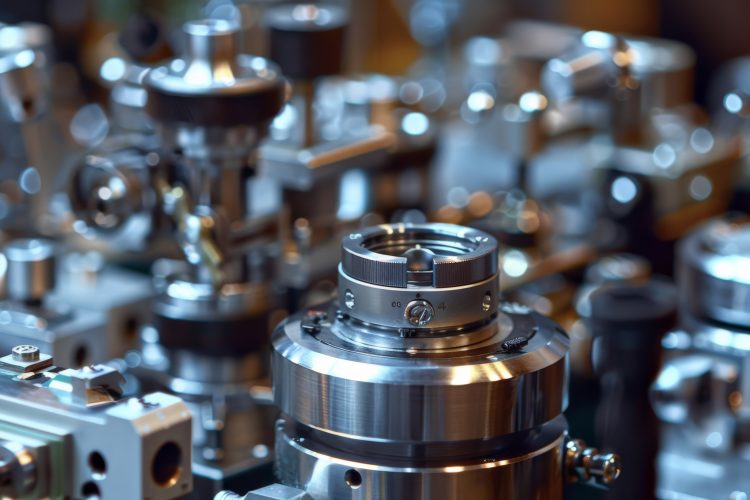Large Optics Sometimes bigger is just better. And when you really need a large optic, there’s no small optic that can substitute. But large optics are expensive, and not just a little more. When you scale up the size of an optic beyond a certain point, expect the cost to increase exponentially rather than simply […]



